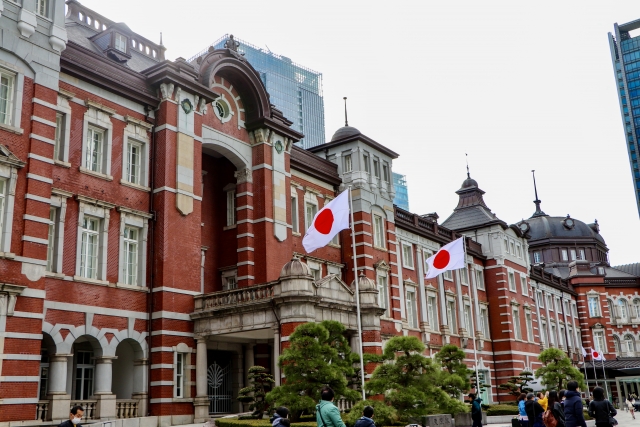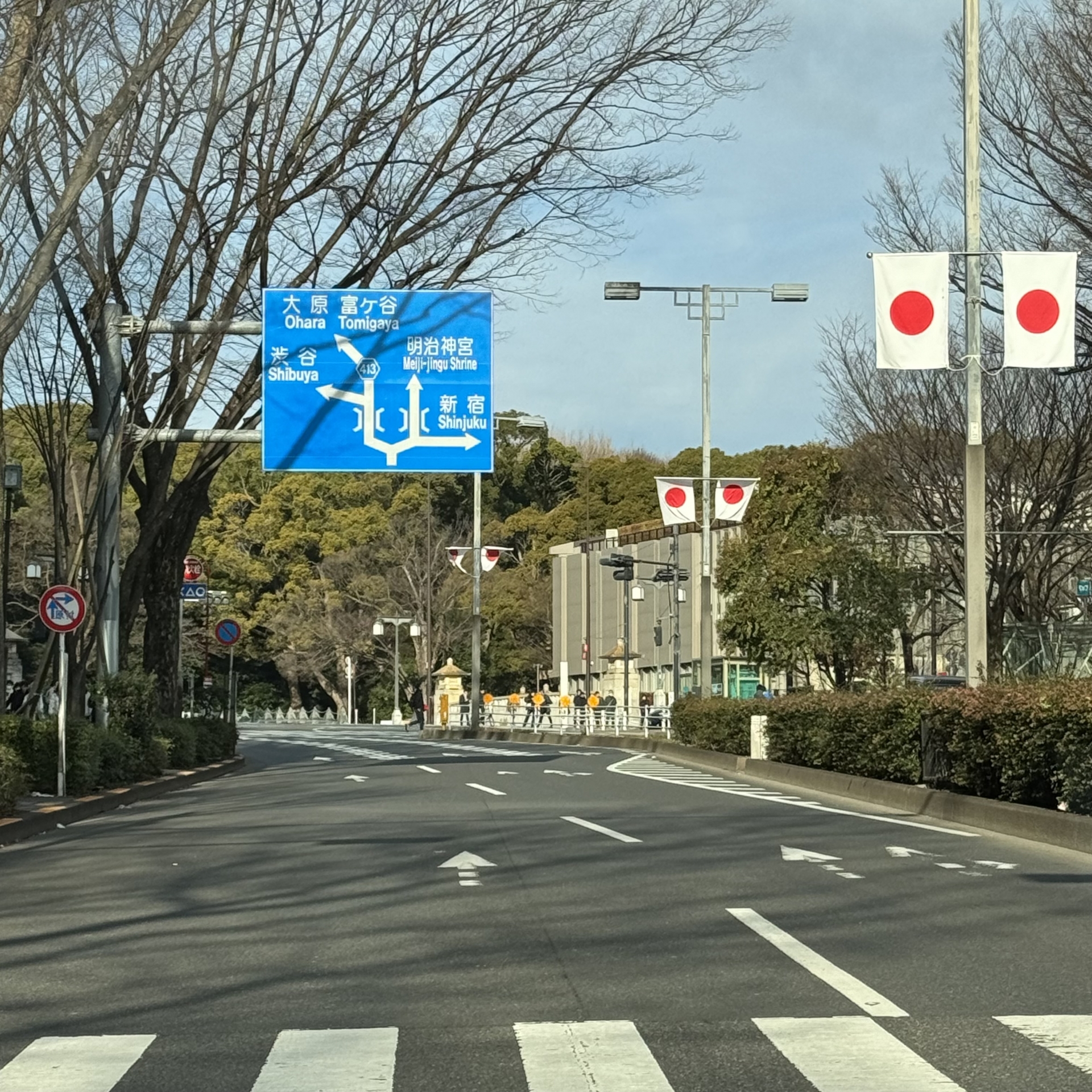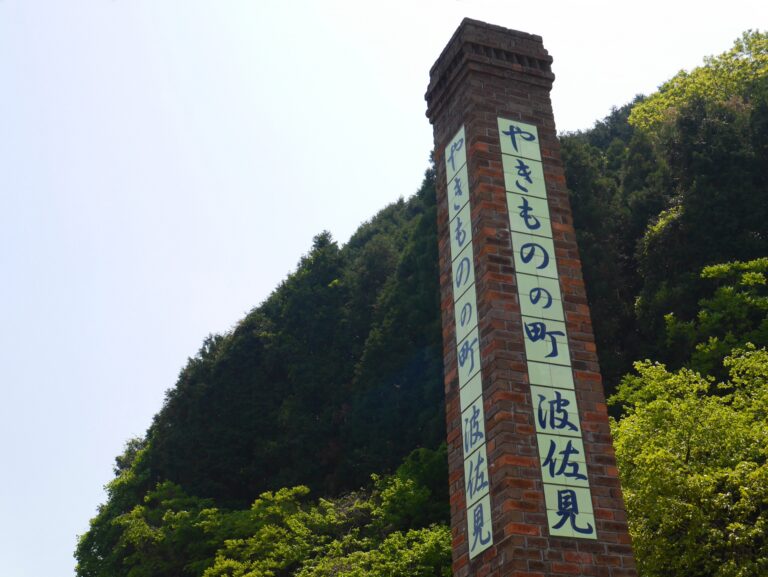Every year on February 11th, Japan celebrates “National Foundation Day” (建国記念の日, Kenkoku Kinen no Hi). This day is meant to honor the founding of the nation and reflect on Japan’s history and identity.
The Origins of National Foundation Day
Originally, National Foundation Day was known as “Kigensetsu” (紀元節), which commemorated the legendary accession of Emperor Jimmu, Japan’s first emperor, on February 11th, 660 BCE (according to the traditional Japanese calendar). During the Meiji era, it became an official national holiday. However, after World War II, the holiday was abolished by the Allied occupation forces (GHQ) as part of their efforts to remove nationalistic elements from Japanese culture. In 1966, it was reinstated as “National Foundation Day” with a new emphasis on reflecting on Japan’s history and fostering a sense of national pride.
How is it Celebrated?

Various events take place across Japan on this day. In Tokyo, ceremonies are often held at Meiji Shrine and Yasukuni Shrine, and similar commemorative events take place at other shrines and public institutions nationwide. Some households display the Japanese flag, and the day serves as an opportunity to think about Japan’s history and culture.
Additionally, this day can be a meaningful time to reflect on Japan’s national identity and future. Families and friends may discuss Japan’s history, read historical literature, or watch documentaries to deepen their understanding of the country’s origins.
How is it Different from Norway’s National Day?

Unlike Japan’s National Foundation Day, Norway celebrates its Constitution Day (Grunnlovsdagen) on May 17th. This day marks the signing of Norway’s constitution in 1814 and is celebrated in a much more festive and public manner.
In Norway, parades are held across the country, and people dress in traditional clothing while waving Norwegian flags. Schools and community organizations participate in these parades, and children play a major role in the festivities. The entire nation comes together to celebrate, making it a significant national event, which contrasts with Japan’s relatively subdued observance of National Foundation Day.
In Japan, National Foundation Day is often seen as just another public holiday, with many people unaware of its historical significance. Unlike widely celebrated holidays such as New Year’s or Christmas, this day is mainly marked by official ceremonies and events held by specific organizations. This difference may be linked to Japan’s historical and political background after World War II.
Japan’s History and Post-War Political Background

After World War II, Japan was placed under the occupation of the Allied Forces (GHQ). One of GHQ’s policies was to remove nationalist elements from Japan’s culture, leading to the revision or abolition of many pre-war holidays and traditions. National Foundation Day, originally “Kigensetsu,” was abolished due to its association with Japan’s imperial and militaristic past.
In the post-war period, Japan adopted a pacifist constitution and prioritized economic growth. The emphasis on democracy and international cooperation led to a decrease in education and public discourse about nationalism and Japan’s historical roots. As a result, National Foundation Day lost much of its prominence, becoming a relatively low-key public holiday rather than a major national celebration.
Conclusion
National Foundation Day is an important occasion to reflect on Japan’s origins and history. However, compared to other countries, Japan does not celebrate this day with large-scale public events. This can be attributed to post-war political changes and shifts in education and national identity. Still, this day offers a valuable opportunity to reconsider Japan’s history and culture and to think about its future as a nation.




